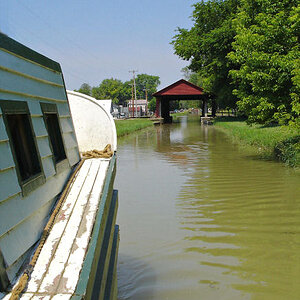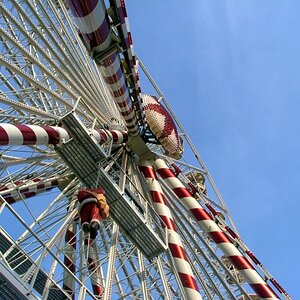Bebulamar
No longer a newbie, moving up!
- Joined
- Mar 27, 2014
- Messages
- 259
- Reaction score
- 31
- Location
- United States
- Can others edit my Photos
- Photos OK to edit
I'm interested in picking up a vintage analog lens to put on my Canon t2i, I will be getting a Fotodiox m42 adapter. Obviously there will be no auto focus using an analog lens but will I be able to use live view for manual focusing or not? Does live view require interaction with the lens?
Thanks
Sent from my VS986 using Tapatalk
All my lenses were bought for my film (analog) cameras. I didn't buy any lenses when I bought a DSLR body. They work perfectly, no adapter, full function. AF, metering and all.



![[No title]](/data/xfmg/thumbnail/30/30879-16ad830465e571dee0a784c7fa122909.jpg?1619734493)


![[No title]](/data/xfmg/thumbnail/41/41930-3f8741ecabbbfd4d67ade3e339078814.jpg?1619739946)






